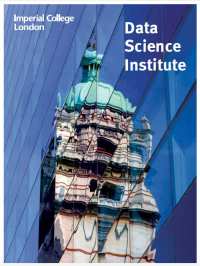BibTex format
@article{Moriconi:2020:10.1007/s10994-020-05899-z,
author = {Moriconi, R and Deisenroth, M and Karri, S},
doi = {10.1007/s10994-020-05899-z},
journal = {Machine Learning},
pages = {1925--1943},
title = {High-dimensional Bayesian optimization usinglow-dimensional feature spaces},
url = {http://dx.doi.org/10.1007/s10994-020-05899-z},
volume = {109},
year = {2020}
}

